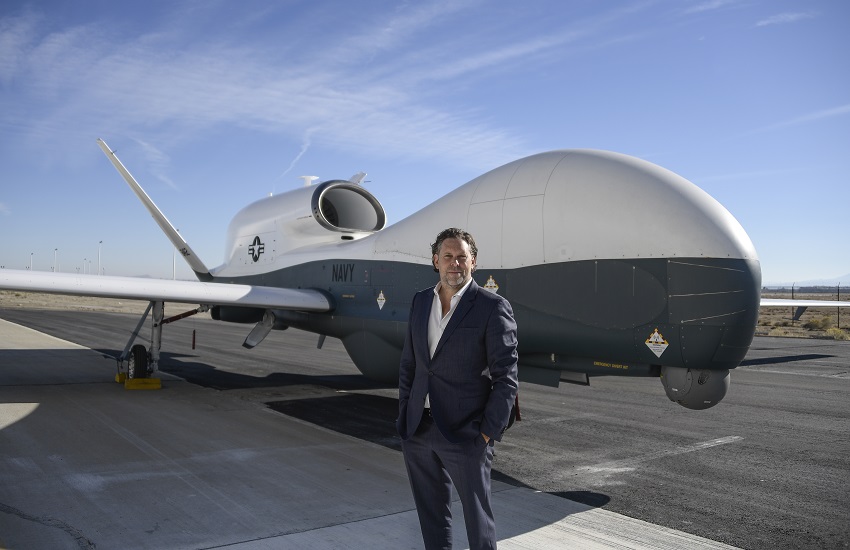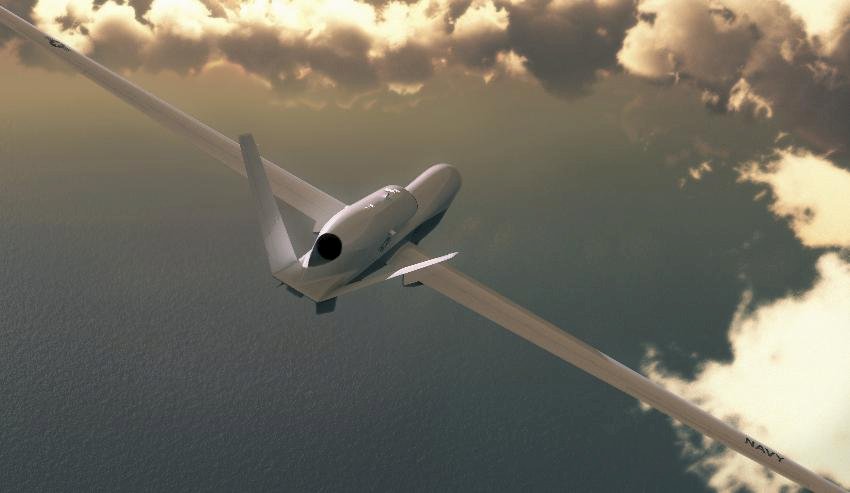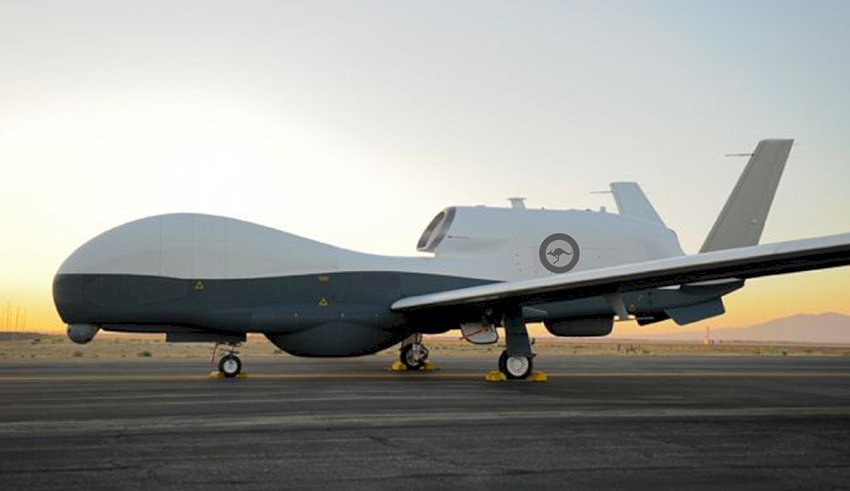With Australia set to secure six Northrop Grumman MQ-4C Tritons, Momentum visited the manufacturer’s base in America for a detailed briefing and review of the air platform.

The Northrop Grumman MQ-4C Triton will be a step-change in intelligence, surveillance and reconnaissance (ISR) capabilities for Australia as it seeks to protect its northern surrounds.
United States Air Force Plant 42 at Palmdale sits isolated in California’s Mojave Desert.
The facility, part of the Edwards Air Force Base, houses production sites specially created to support the development of advanced technology and ‘black’ programs for the US government – including the fabled Lockheed Skunk Works.
Inside one of the hangers on base rests a number of Northrop Grumman RQ-4 Global Hawks, a high-altitude, remotely-piloted surveillance aircraft – an asset that has been operated by United States military since the early 2000s and provides a similar function to the renowned Lockheed U-2.
Momentum Media’s Phillip Tarrant, director, Defence and aerospace joined key executives from Northrop Grumman – a key partner across the business’ market intelligence platforms Defence Connect and Space Connect – to tour the facility and hear how a maritime version of the Global Hawk will support Australia’s surveillance capabilities into the decades ahead.

The Northrop Grumman MQ-4C Triton will be a step-change in intelligence, surveillance and reconnaissance (ISR) capabilities for Australia as it seeks to protect its northern surrounds – providing real-time ISR over vast ocean and coastal regions.
The Triton is designed to operate in conjunction with Australia’s fleet of 12 manned P-8A Poseidon maritime patrol and anti-submarine aircraft.
In June 2018, then Prime Minister Malcolm Turnbull committed Australia to the $1.4 billion procurement of the first six Northrop Grumman MQ-4C Triton long-range surveillance vehicles, which will be used to support maritime border security and freedom of navigation operations (FONOP) throughout the region.
The Prime Minister, along with then Defence Industry Minister Christopher Pyne, announced the long-awaited procurement of the giant Northrop Grumman unmanned aerial systems (UAS) as part of a joint program with the United States Navy.
"The Triton will complement the surveillance role of the P-8A Poseidon through sustained operations at long ranges as well as being able to undertake a range of intelligence, surveillance and reconnaissance tasks,” Turnbull said.
The initial $1.4 billion investment in the Triton system includes $364 million on new facilities at RAAF Bases Edinburgh and Tindal, as well as the necessary ground control systems, support and training required to implement a project of this scope.
"The first of the Triton aircraft is expected to be introduced into service in mid-2023 with all six aircraft to be delivered and in operation by late 2025, based at RAAF Edinburgh, South Australia,” he said.

Based on the proven Global Hawk RQ-4 UAS (unmanned aircraft system), the Triton’s autonomous operations are supported by land-based command and control mission planners and sensor operators.
Triton will be equipped with a unique and robust mission sensor suite that provides 360-degree coverage on all sensors, providing unprecedented maritime domain awareness.
Remotely flying out of RAAF Edinburgh, South Australia, the Tritons will be capable of monitoring 5.2 million square kilometres in a 24 hour mission and seamlessly flying a round trip for sustained surveillance and in support of allied freedom of navigation operations in the South China Sea from the Northern Territory – increasing Australia’s interoperability with key allies, particularly the US.
Tarrant said the detailed briefing on the program, and tour of the facility in Palmdale, was a valuable exercise to ensure Defence Connect was better informed.
“The sheer size and scale of the Global Hawk was impressive – it’s a huge aircraft and very capable,” he said.
“Our hosts at Northrop Grumman were committed to our upskilling and offered insights into the practicality of the Triton program in Australia and the plans for integration of the aircraft with our services here.
“To get an inside view of the platform at a key point of time in the program’s development will help Defence Connect deliver more informed commentary and market intelligence for our audiences.”